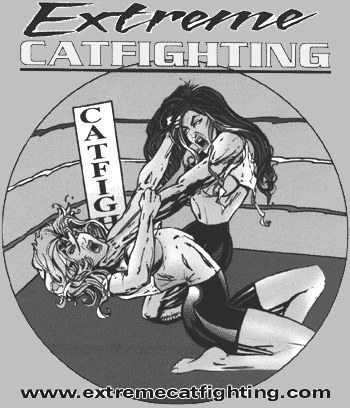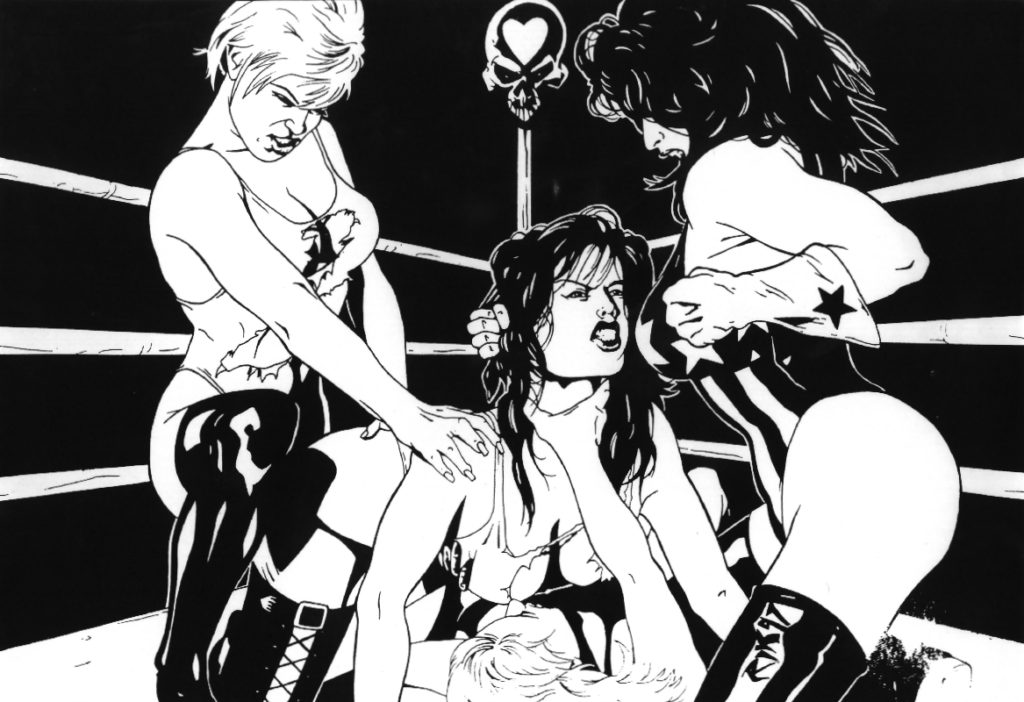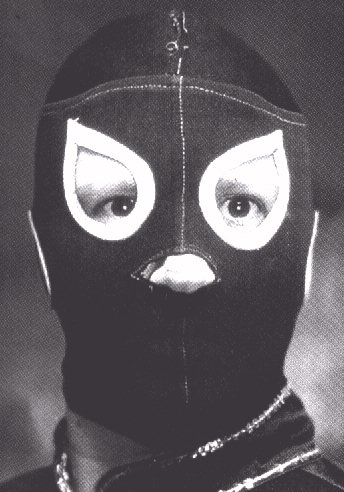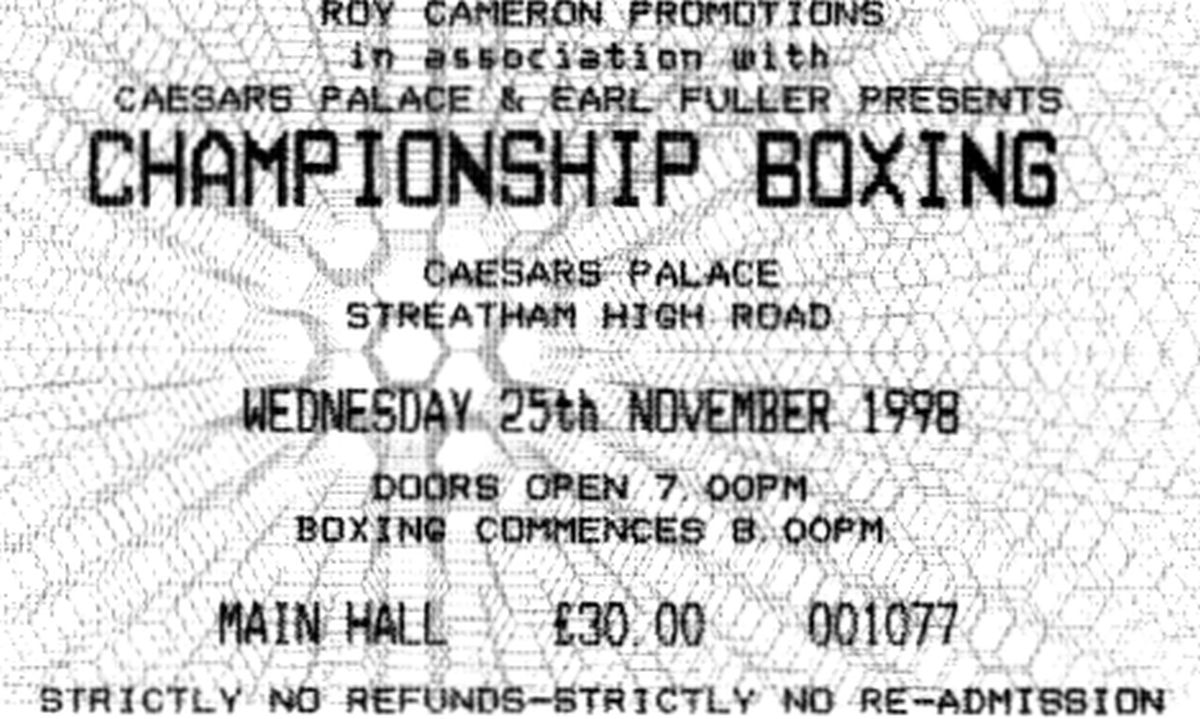TC Travel #2: Que-bec to Basics
Montreal is a city suffering from paranoid schizophrenia. It desperately wants to be French, yet its position near the cultural behemoth of America inevitably means a lot more popular contanimation than the powers-that-be want, and there’s also the legacy of Canada’s days as a British colony. Yet this is not necessarily a bad thing; Montreal possesses many of the benefits of France and America, but largely without the occasional arrogance which can sometimes be a facet of both. Even the simplest thing reflects this internal tension, such as the humble hot-dog, omnipresent, as on American streets – except, half the time it’s called a “chien chaud”. For this is a province which actually employs Gestapo-like inspectors to go round and check the language used on signs, ensuring that the French version is bigger than the English one. Such pedantry defies belief – you can’t legislate language like this – and hearing such things certainly tends to put me off the idea of living there.
Which is a shame, as the city is otherwise very appealing, with a lot to praise. Culturally, it’s quite amazing; given its size (barely a million in Montreal itself) there is a hell of a lot going on. In July alone, there’s a big Jazz festival, and the Just For Laughs comedy festival, as well as the reason we were there, Fant-Asia, a wonderful month-long showcase for (vaguely) genre movies, which beats into a cocked hat anything London has to offer in the field. Besides, how can you dislike a city where the majority of the population sound like Antoine des Caunes?
It helped a great deal that the Canadian dollar was at a record low, so most things tended towards ‘ridiculously cheap’. Cinema-going, for example, worked out about half the price it is here, whether you went to big, new movies or rep theatres – one of the latter charged C$2.50, all day every day, which is barely one pound. This does bring home just how expensive it is in London these days; the refurbished Odeon Leicester Square now has £10 seats. Never mind leopard-skin fabric, at that price, I want real leopard. Needless to say, full advantage was taken of this value, and we averaged more than one cinema trip per day during our stay, both at Fant-Asia and regular cinemas – once we’d worked out which were showing films in English, which dubbed into French, and which in English but with French sub-titles.

If you see them, do not approach them.
They will rot your brain, and corrupt your morals
to be just like theirs. You can tell, can’t you?
This was a good way of avoiding the weather, best described as chAnGEaBlE, even by British standards. Any given day almost inevitably brought sun, clouds, and thunderstorms, with hail an optional extra. It was all quite enough to freak out Chris, who lives in Arizona, where they have just two seasons – summer, and “waiting for summer”. God knows what Montreal is like in the winter, but you can get some idea from the fact that their parking meters are not placed by the road, but in the shelter of the buildings, in order to stop them getting buried…
Shopping in general was also reasonable, albeit confused by the application of “goods and services tax”, “harmonised sales tax”, “taxe sur les produits et services” and “provincial sales tax” (the first three are actually one and the same), which were never included in the price shown, seemed to vary on a semi-random basis, and were in any event reclaimable on the way out of the country if you spent enough. To balance this horrendously Americanised idea, the currency was solidly British, with dollar coins, notes whose colours varied with their value, and even a bi-metal $2 coin – good practice for the £2 one introduced shortly after I came back…
One great idea which London could do well to copy, is the massive network of shopping malls which is buried under the city, linked together by the Metro. There must be a couple of thousand shops down there, not including the restaurants, cinemas, and just about any other service you care to name. It would be quite easy to wander around for days without ever seeing daylight, and it’s a great way of bypassing the savagely wintry weather. It does, however, imply a certain geological stability, so I don’t think it’s a concept which will catch on in California or Tokyo.
The central street, St.Catherine, has a distinct wealth gradient – walking along from one end to another, it gradually evolves from seedy and run-down, through commercially brisk, to disturbingly up-market, like a core section of Montreal’s economic life. Along its length, however, it remains cosmopolitan, strip-clubs rubbing shoulders with boutiques in a way that would probably be impossible in many cities. It’s all quite compact, with virtually everything within walking distance, save perhaps the Olympic Stadium, and that’s easily reached on the impressive Metro trains.
There is an old part to Montreal, down by the St.Lawrence River, but it’s not something you’d really notice, and is largely indistinguishable from the rest of the city. However, the Notre Dame Basilica is a cracking structure, capable of holding 6,000 worshippers, whose interior contradicts a somewhat drab outside, and there are plenty of other nice pieces of architecture, in a variety of styles – some of the almost Art Deco stuff is especially outstanding. In this aspect, it probably has more in common with European cities than most North American ones.
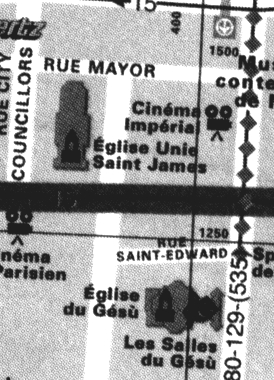
On the other hand, it doesn’t appear to have much distinctive local cuisine – though you could say the same about Britain, which has similarly glued together a ragbag of cultures. You’re not stuck for choice: the food court in the bottom of the Eaton Centre mall alone offers everything from massive smoked meat sandwiches to Japanese noodles. As is by now traditional, we tried the local kebabs, and found them to be smaller than the British variety, and completely wrapped in the pitta – a snack rather than a meal. The beer front was much the same as America, with Molson dominating the market (whatever you do, avoid Molson Hi-Dry, a beer possessing the temperament, taste and effect of bottled rattlesnake), but with a slate of real ales to track down and try out: Sleeman’s was eminently drinkable.
We had a great apartment, in a complex run by a brother and sister, five minutes from St. Catherine. It was self-catering, but I think we only cooked one meal there – hell, who bothers with things like washing-up when you’re on holiday? – surviving on a combination of eating out and junk food. Plenty of supermarkets and stores around, though I was fairly freaked by the tank of live lobsters, largely because I never realised what BIG buggers they are. Respect to their claws.
I was there for the World Cup Final, and even found a station which took the BBC commentary feed, so enjoyed the dulcet tones of John Motson, not some American going about “being double-teamed in the red area” – though generally, the North American coverage of the World Cup was better than expected. ABC got round the advertisement problem by having, say, a Nike logo in the top left of the screen; every ten minutes they’d quickly say “this portion of the game is brought to you commercial-free by Nike”, then get right back to the match. A neat solution to a thorny problem. Given the result, Montreal was probably almost as good as being in France itself. Every goal was greeted with cheers, and people rushed out onto their balconies and waved flags, while the final result led to a procession of cars in the street, with much, typically French horn-blowing.
This kinda sums up Montreal; American openness with Gallic flair, and the result is pleasing, albeit radically different to New Orleans, where French and American cultures also mix. Must be the British influence, plus perhaps the chilling impact of the climate. Regardless, it is a city which works, managing to welcome visitors without sacrificing itself to them, and there’s every chance that I’ll be back in future – perhaps for 1999’s Fant-Asia festival…



